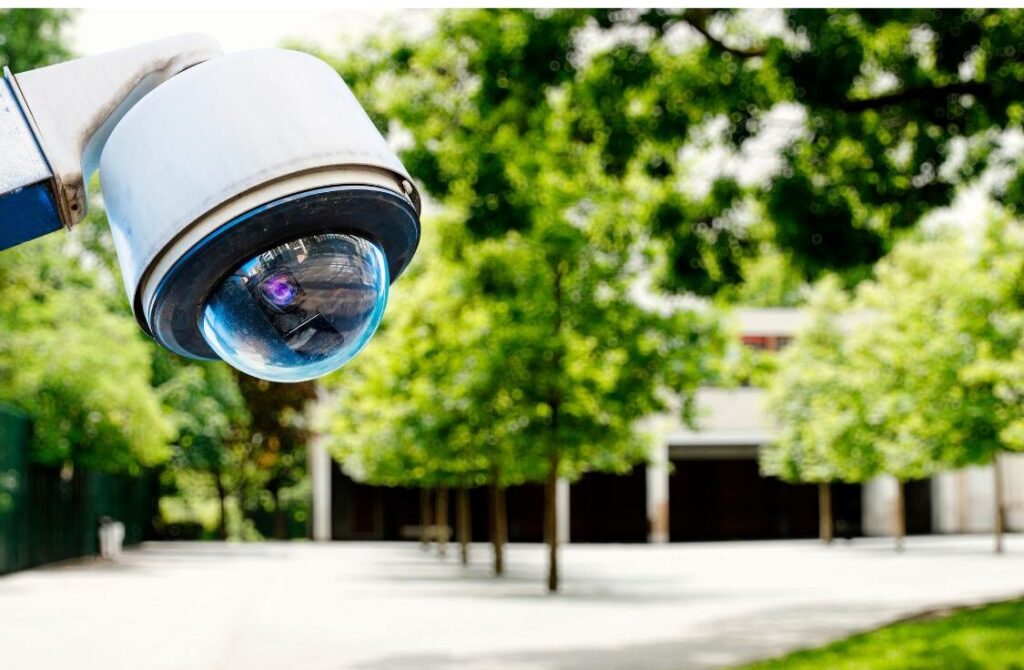Can be advantageous for organizations with limited network capacity or storage resources. HD cameras provide clear, real-time monitoring, making it easy for security personnel to assess situations quickly. The enhanced image quality contributes to better situational awareness. Many HD cameras are equipped with features such as infrared (IR) illumination for improved performance in low-light conditions. This is essential for around-the-clock surveillance. In summary, HD camera quality in a security system brings about improved clarity, better identification capabilities, wider coverage, and compatibility with modern surveillance infrastructure. The choice of resolution depends on specific security needs, budget considerations, and the level of detail required for effective monitoring and analysis.

Choosing between HD and 4K resolutions for security camera systems depends on various factors, and both options have their advantages. HD cameras and equipment are generally more budget-friendly than their 4K counterparts. If you’re working within a budget constraint, HD cameras may provide a cost-effective solution for your security needs. 4K video files are significantly larger than HD files, which means they require more storage space. If you have limited storage capacity or if cost-effective storage solutions are a priority, HD cameras might be a more practical choice. Transmitting and storing 4K video requires higher bandwidth compared to HD.
If your network infrastructure has limitations in terms of bandwidth, using HD cameras can help ensure smoother video transmission without overloading the network. For real-time monitoring applications, where immediate identification and response to events are crucial, HD cameras may be sufficient. The increased resolution of the 4K cameras might not provide a significant advantage in scenarios where quick decision-making is the priority.

Some older surveillance systems or monitoring equipment may not be optimized for 4K resolution. If you’re upgrading or expanding an existing system, compatibility issues could be a consideration in favor of using HD cameras. In certain environments or applications where the field of view is limited, and detailed resolution may not be a critical factor, HD cameras can provide adequate coverage. For example, in small offices or retail spaces, HD may be sufficient for monitoring. In some cases, regulatory standards or compliance requirements may specify certain resolutions for surveillance systems. If the regulations in your area or industry recommend or mandate HD resolutions, it makes sense to adhere to those guidelines. Ultimately, the decision between HD and 4K for security cameras should be based on a careful assessment of your specific requirements, budget constraints, and the capabilities of your existing infrastructure. If the benefits of 4K resolution are not essential for your surveillance needs, HD cameras can still offer reliable performance at a more affordable cost.


No responses yet